How to Build a Ghost Gun: Part 1
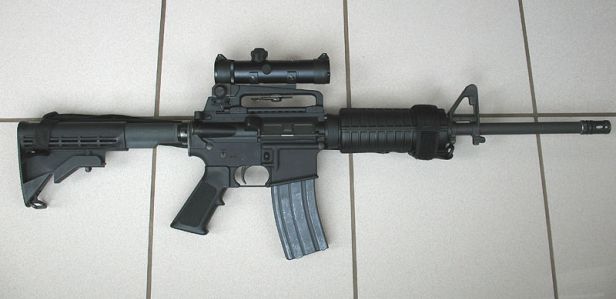
DISCLAIMER:
The material provided in this ghost gun guide is intended for law abiding citizens of the United States who have attained legal age, and who have retained legal status. If you are not a U.S. citizen, have not attained legal age, or are a felon, this information is NOT for you; it remains illegal for you to build, own, or otherwise possess any type of firearm.
If you are concerned about the legality of building a ghost gun, please take a few minutes to read through my previous post, which discusses this topic and provides links for personal research and verification!
Choosing An 80% Lower Receiver
To begin building your ghost gun, the first thing you have to do is choose a lower receiver...but not just any lower receiver. The lower receiver you choose for a ghost gun build MUST be an unfinished lower receiver, commonly referred to as an 80% lower receiver.
When it comes to choosing the 80% lower receiver for your ghost gun build, there are several reputable manufacturing companies to choose from. Different manufacturers produce different types of 80% lowers; some offer aluminum lowers, and others offer polymer lowers, so let's start the project by discussing these options.
AR-15 80% Aluminum Lowers
Cast Aluminum Lowers:
This category of lowers represents the cheapest of the aluminum options. Lower receivers manufactured out of cast aluminum are not as thick as those produced from forged aluminum or billet aluminum. Cast aluminum lowers are also produced with the least amount of precision and adherence to tolerances; this causes cast aluminum lowers to be the weakest of all aluminum options. Building a ghost gun with cast aluminum lowers offers no benefits. The cash saved from a purchase in this category will more than likely be spent on costly repairs, and/or medical bills; cast aluminum lowers have the potential to rupture and/or explode while in use.
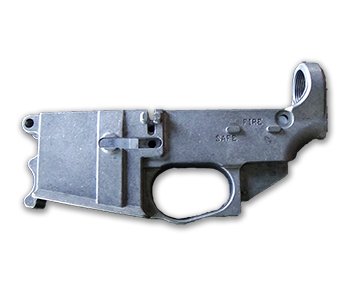
Billet Aluminum Lowers:
The aluminum 80% lower receivers found in this category are carved out of a larger block of aluminum. Then they are finished in a CNC machine, which adheres to tolerances and creates a very precise piece of the ghost gun puzzle. Aluminum lowers in this category are considered fairly easy to complete, especially for the inexperienced, novice gun builder. Billet aluminum lowers are also recommended for those builders who wish to create eye catching designs.
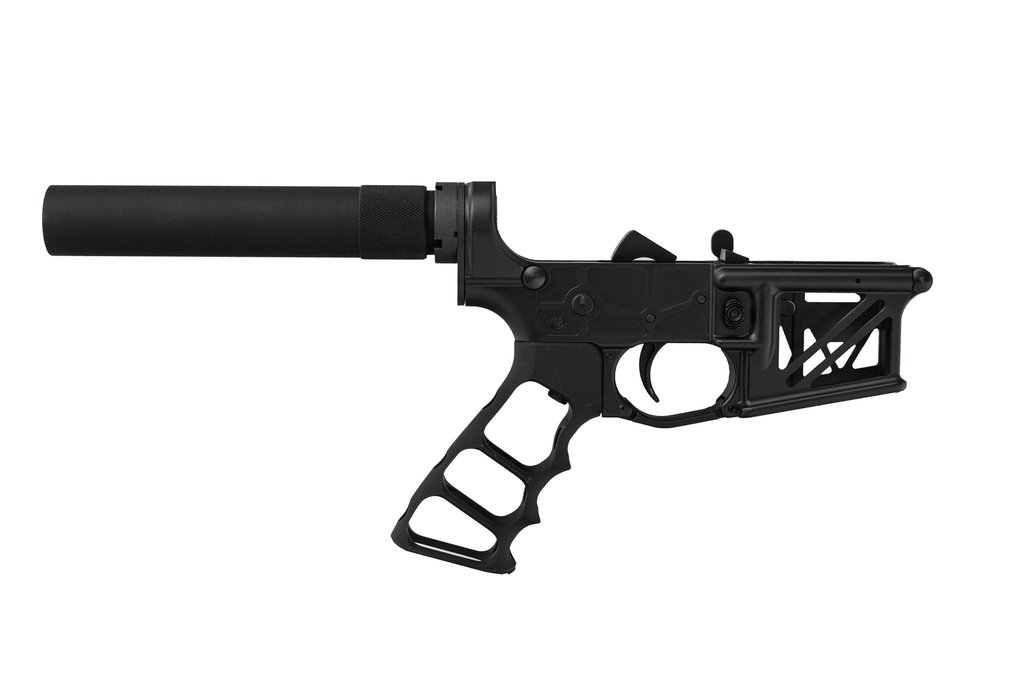
Forged Aluminum Lowers:
80% lowers found in this category are created by pounding two opposite halves together. After the two halves are forged, a deburring procedure cleans up the lower and gives it a finished look. These aluminum lowers are "mil-spec", which is the term used to identify items that achieve the specifications set forth by the U.S. military. Forged aluminum lowers are thicker, heavier, and more durable than the other aluminum lowers discussed above.
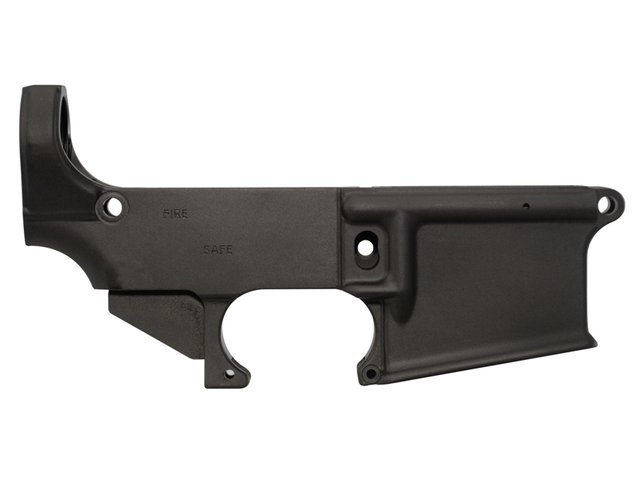
Polymer Lowers:
Polymer is a plastic composite that is extremely strong and very durable. Lowers created from polymer can either be cast, or they can be cut. Lowers in this category are lighter than any in the aluminum category (except a skeletonized billet lower), and they can be color customized and they can withstand light engraving.
Polymer lowers are the easiest to finish, especially for the novice ghost gun builder. For the two ghost guns I built, polymer lowers were my choice. They make the overall weapon lighter and they perform as well as any aluminum lower I've tested them against.
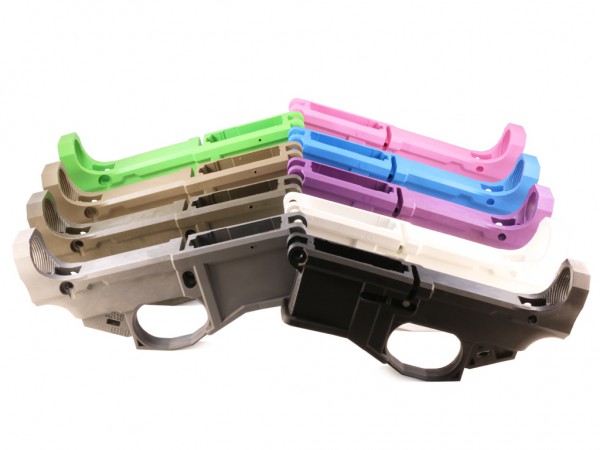
The Jig:
In order to build a ghost gun using an 80% lower, you're going to need a jig, unless you happen to have access to a CNC machine and working knowledge of how to program it correctly. Most manufacturers of 80% lowers offer jigs for their products, some of which are specifically for the lower they produce.
You can also find universal jigs that can be reused...highly recommended if you plan on building more than one ghost gun. Polymer lowers are often featured with a plastic jig that is considered a single use item; once these jigs have been used to finish a lower, they seldom hold up well enough to serve for any future ghost gun builds.
A WORD OF CAUTION: There are also a few companies that offer "sticker" jig kits. These are an abomination to the ghost gun building industry and should be used for nothing less than identifying which companies NOT to do business with. Any manufacturer who sells 80% lowers with stickers, doesn't know a damn thing about building guns, and probably even less about manufacturing lowers.
So, before you can do anything else, you must first choose an AR-15 80% lower and a jig. Bear in mind that you are also going to need to find a way to mill out the 80% lower after you purchase it. The milling process will be covered in the next installment, but you need to think about that before making a purchase. Standing and table top drill presses work best for those without access to a CNC machine and the knowledge to program it.
If you're going with an aluminum lower, you will have to do a bit of personal research. If you're opting for a polymer lower, the company I've found to have the best polymer lowers on the market is Polymer80.com.
If you enjoyed this post, please consider tuning in for the next installment of How to Build a Ghost Gun...we'll see ya there!